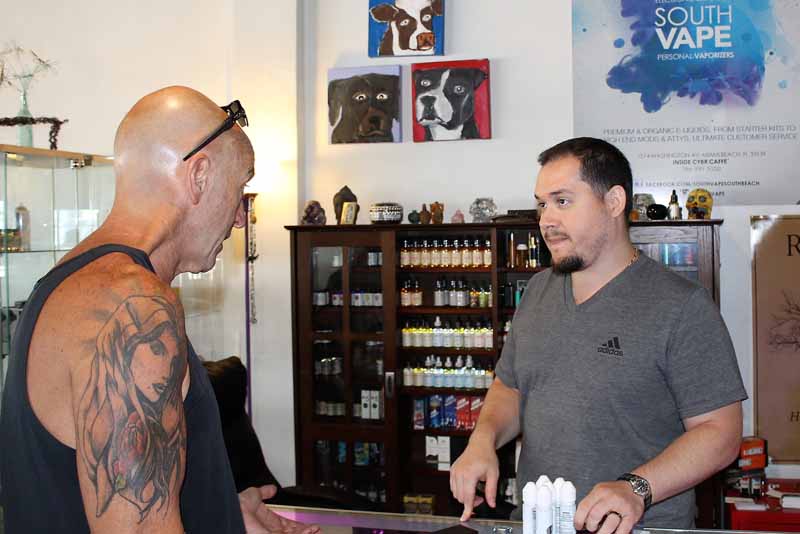Six leading public health and medical organizations yesterday urged the US Food and Drug Administration (FDA) ‘to stop the sale of new electronic cigarette products that have been illegally introduced in recent months without the agency’s prior review and authorization,’ according to a note posted on the website of the Campaign for Tobacco Free Kids, one of the signatories.
‘These include numerous products similar to the Juul e-cigarettes that have become wildly popular with teens across the United States,’ said the Campaign note.
‘The groups sending a letter to FDA Commissioner Scott Gottlieb are the Campaign for Tobacco-Free Kids, American Academy of Pediatrics, American Cancer Society Cancer Action Network, American Heart Association, American Lung Association and Truth Initiative. The letter was accompanied by images of the new e-cigarettes.
‘Over the last year, the use of Juul has skyrocketed among youth across the country, as commissioner Gottlieb has acknowledged and reports by news media and educators have documented. It is about to happen again.’
The Campaign then quoted Gottlieb as writing in a blog post last week that the agency had become aware of reports that some companies might be marketing new products that were introduced after the FDA’s compliance period and that have not gone through premarket review. ‘These products are being marketed both in violation of the law and outside of the FDA’s announced compliance policies,’ Gottlieb was quoted as saying. ‘We take these reports very seriously. Companies should know that the FDA is watching and we will take swift action wherever appropriate.’
The Campaign said the FDA had the tools to prevent this from happening. ‘The FDA’s 2016 rule extending its authority to e-cigarettes (called the “deeming rule”) prohibits the introduction of any new product after August 8, 2016, unless the manufacturer files a premarket review application with the FDA and the FDA issues an order authorizing the marketing of the product,’ it said. ‘While the FDA delayed this review requirement until 2022 for e-cigarettes that were already on the market as of August 8, 2016, the premarket review requirement still applies to new or changed products introduced after August 8, 2016, and it is those products that this letter addresses.’
The Campaign complained that, despite this requirement, manufacturers had recently introduced numerous new e-cigarette products without any evidence that they had filed premarket applications or received marketing orders from the FDA. ‘These include products that look like and seek to capitalize on the success of Juul, which is sleek, high-tech and easy to hide (it looks like a USB flash drive), comes in sweet flavors including mango and fruit medley, and delivers a powerful dose of nicotine,’ the Campaign said.
‘Manufacturers that have recently introduced or announced Juul-like products include big tobacco companies Altria (with its MarkTen Elite product), ITG Brands (with myblu) and R.J. Reynolds (with its recently-announced Vuse Alto). Similar products introduced by independent manufacturers include Kandy Pens’ Rubi, MLV’s PHIX and Mylé Vapor’s Mylé.’
In their letter, the health groups complained that manufacturers of e-cigarettes had introduced new products at an ‘alarming pace’ in total defiance of the law, with no apparent concern for FDA enforcement. ‘We urge FDA to take quick and aggressive action to enforce the law before one or more of these products become the next Juul phenomenon among our nation’s youth,’ the letter apparently stated.
Meanwhile, the Campaign said that, in April, the same six organizations had urged the FDA ‘to take action to address Juul’s popularity among youth, including removing from the market Juul flavors such as mango and cool cucumber that appear to have been introduced after August 8, 2016, without FDA review’.
It said that the health groups’ letter made the point that the issue was not whether the FDA had the authority to prevent the introduction and marketing of products that appealed to kids; it was whether the FDA would exercise the authority it clearly possessed.










